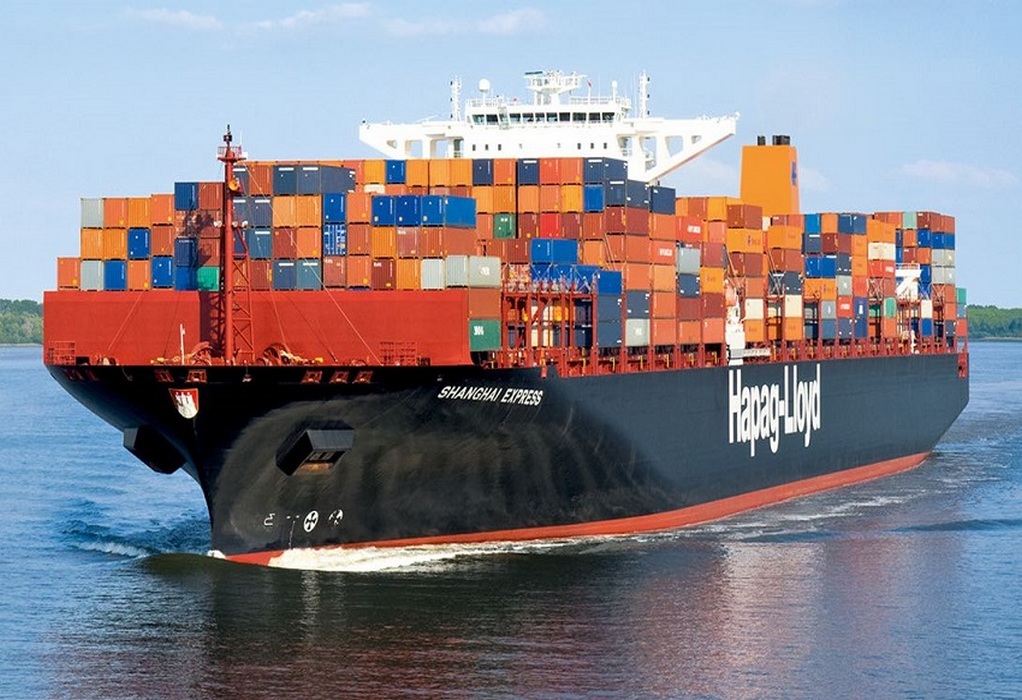German container liner Hapag-Lloyd will monitor the performances of a vessel it retrofitted to run on LNG, before deciding on any further conversions.
The 15,000 twenty-foot equivalent unit Brussels Express was converted to run on LNG earlier this year in Shanghai’s Huarun Dadong shipyard. The containership was formerly known as the Sajir.
Hapag-Lloyd told Argus today that it wants to assess the performance of the ship, which is running on a dual-fuel engine, before committing to further LNG retrofits. The firm has 16 other vessels out of a fleet of 250 containerships that could potentially be retrofitted to run on LNG, but has not yet committed to any modifications beyond the Brussels Express.
Hapag-Lloyd said that the decision to wait was not related to either the cost of retrofits nor a recent jump in LNG prices. The Brussels Express retrofit cost around $35mn.
LNG prices have climbed in recent weeks, and remain more than double the price of conventional 0.5pc fuel oil. Argus assessed delivered LNG in northwest Europe at $1,309/t on a 0.5pc sulphur fuel oil-equivalent basis, compared with 0.5pc fuel oil’s $541.50/t price, for the week to 30 September.
But Hapag-Lloyd said it remains committed to using LNG as a bunker fuel, having recently spent $2bn on 12 new containerships to be delivered in 2023 and 2024. These vessels will be dual-fuelled, able to run on either LNG or conventional bunkers. The firm will refuel its LNG-powered ships in Rotterdam and Singapore and will most likely buy on term contracts.
Hapag-Lloyd aims to reduce CO2 emissions by 60pc in 2030 compared with 2008 levels, beyond the International Maritime Organisation’s (IMO) 40pc target. As well as LNG, the firm is exploring the use of synthetic natural gas (SNG) and has also been trialling biofuels.
SNG is an artificially produced gas predominantly sourced from coal, but it can also be made from biomass, petroleum coke or solid waste. The feedstock is gasified, resulting in syngas, which can be converted to methane, the predominant component of LNG.
For now, LNG is the most readily available alternative bunker fuel, and orders of dual-fuelled vessels rose this year, according to shipping research firm Alphatanker.
But LNG has come under criticism, as it is still of fossil fuel even though its use releases approximately 10-20pc less CO2 than using 0.5pc fuel oil, the world’s most common bunker fuel. Burning LNG also releases methane, a far more potent greenhouse gas than CO2, which is why AP Moller-Maersk ruled out the fuel.
Source: https://www.argusmedia.com
Tags: Hapag-Lloyd, LNG, Retrofit Engine



Recent Posts
Babcock’s LGE Business Secures Contract for Marine Ammonia Fuel System to Advance Shipping Decarbonisation
Associated Terminals Deploys Liebherr’s All-Electric Cranes in Landmark Move Toward Cleaner Cargo Handling
Sanmar delivers fully electric emissions-free tug to major global operator Svitzer
Kolkata Dock deploys first-ever electric mobile cranes
ONGC orders two ethane carriers from Mitsui O.S.K. Lines
IndianOil to Commission India’s Largest Green Hydrogen Plant by 2027
IMI Greater Noida Signs MoU with IME (I) to Launch A New Student Chapter
GCMD Completes World’s First Pilot Demonstrating Full Carbon Value Chain from Ship-Captured CO2 in China